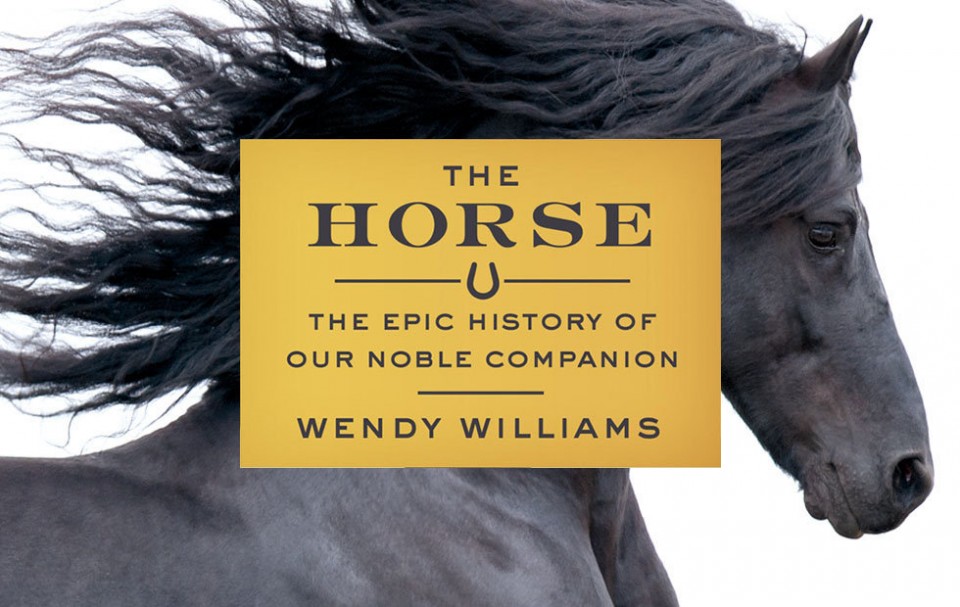

Across thirty-five millennia, you can almost hear him snort and see him toss his head, warning encroaching stallions to take care. And we recognize him: This sculpture could have been carved only yesterday. The head, slightly cocked, gives the animal an air of fortitude and deep contemplation. The curvaceous line of his head and neck flows smoothly into his withers and backline, creating an elegant S curve that finishes just below the hindquarters. He is the supreme example of Platonic form, “an abstraction of the graceful essence of the horse,” in the words of the anthropologist Ian Tattersall, or, more simply, the rasa of horse, to use a Sanskrit term. The earliest example of an archetype that has since then appeared in art worldwide, this horse embodies the essence of majesty. A magnificently arched stallion’s neck appeared, breathtaking in its extraordinary combination of muscular potency and simple natural grace. Wielding with great precision a set of exquisitely honed stone tools, he began carving a masterpiece. This mysterious craftsman possessed phenomenal skill. Or maybe a group of hunters brought it to him as an offering. Perhaps he found the ivory lying on the ground. Sometime around thirty-five thousand years ago, when much of Europe was locked up in sheets of ice that pulsated sluggishly over the land like frozen heartbeats, an unknown artist acquired a bit of mammoth ivory. There is no doubt that horses will exist as long as the human race, and that is well, for we still have so much to learn about them.


 0 kommentar(er)
0 kommentar(er)
